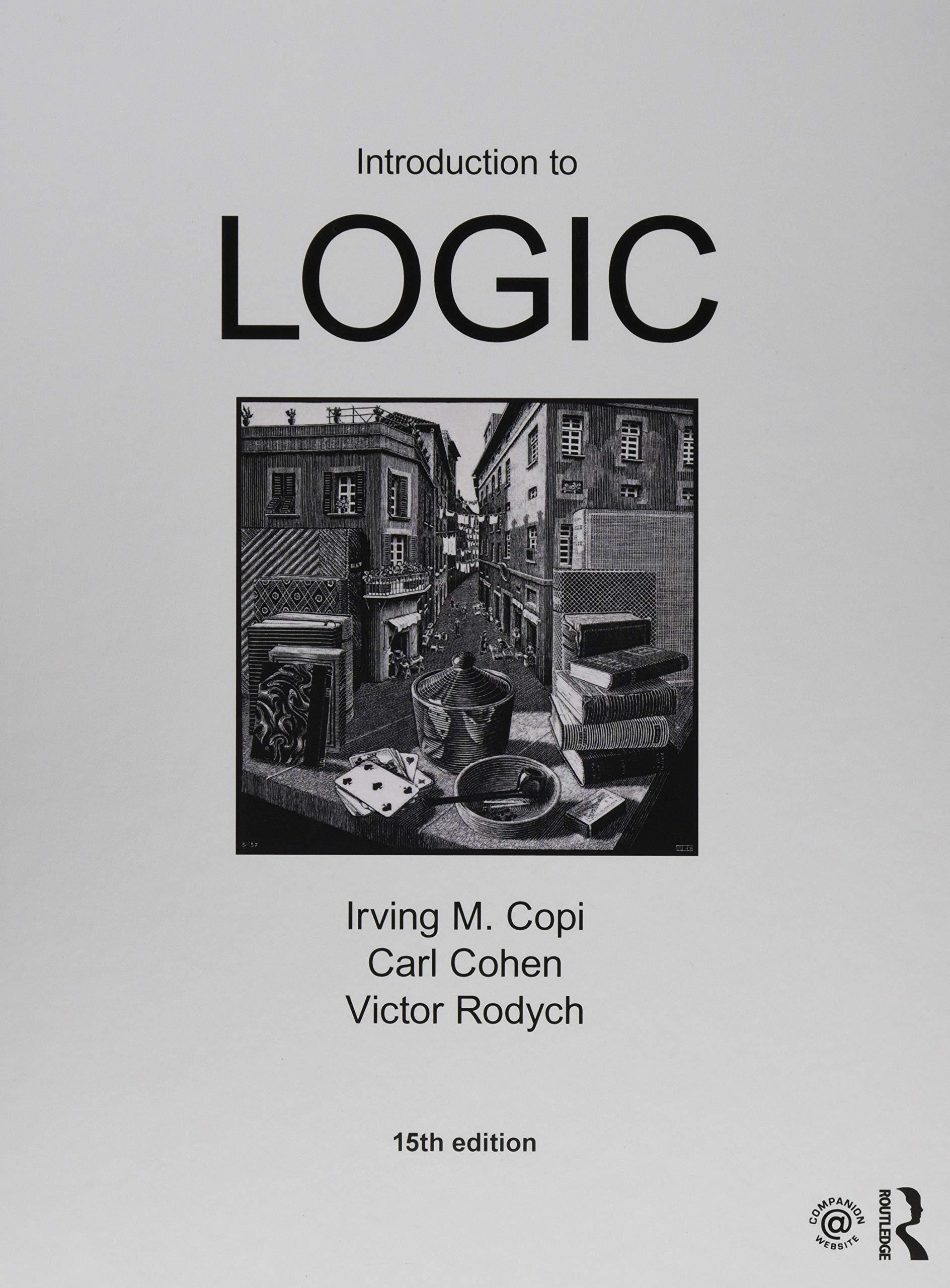Identify and explain the fallacies of relevance or defective induction, or presumption, or ambiguity as they occur
Question:
Identify and explain the fallacies of relevance or defective induction, or presumption, or ambiguity as they occur in the following passages. Explain why, in the case of some, it may be plausibly argued that what appears at first to be a fallacy is not, when the argument is interpreted correctly.
When Copernicus argued that the Ptolemaic astronomy (holding that the celestial bodies all revolved around the Earth) should be replaced by a theory holding that the Earth (along with all the other planets) revolved around the sun, he was ridiculed by many of the scientists of his day, including one of the greatest astronomers of that time, Clavius, who wrote in 1581:
Both [Copernicus and Ptolemy] are in agreement with the observed phenomena. But Copernicus’s arguments contain a great many principles that are absurd. He assumed, for instance, that the earth is moving with a triple motion . . . [but] according to the philosophers a simple body like the earth can have only a simple motion. . . . Therefore it seems to me that Ptolemy’s geocentric doctrine must be preferred to Copernicus’s doctrine.
Step by Step Answer:

Introduction To Logic
ISBN: 9781138500860
15th Edition
Authors: Irving M. Copi, Carl Cohen, Victor Rodych





